Idea by
Laura-India Garinois + Liam Martin
MONK
Call for ideas 2017
Anthropo-Lens
Anthropo-Lens
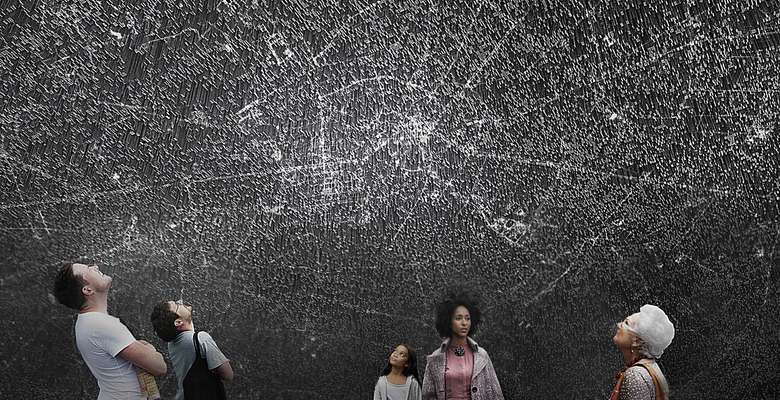
An installation of a fiber-optic relief of Berlin becomes an analytic tool for designers and citizens alike to aid in the understanding of how immigrants and asylum seekers were critical to the formation and later influence of the human and built environment in Berlin. By mediating through this public canopy, architects bolster the utility of their investigation of the capital through a streaming of data given through light emission; citizens benefit from the unique architectural reading of how historical developments and migration patterns have determined our cityscape. The geopolitical climate in which architects now intervene demands that immigration and refugee strongholds such as Berlin be deconstructed and showcased from their inception; proving the promise and viability of openness, acceptance, and empathy. The variety of data that can be projected is infinite, and this medium can be utilised for any European city, cultivating interventions to combat xenophobia in the city.
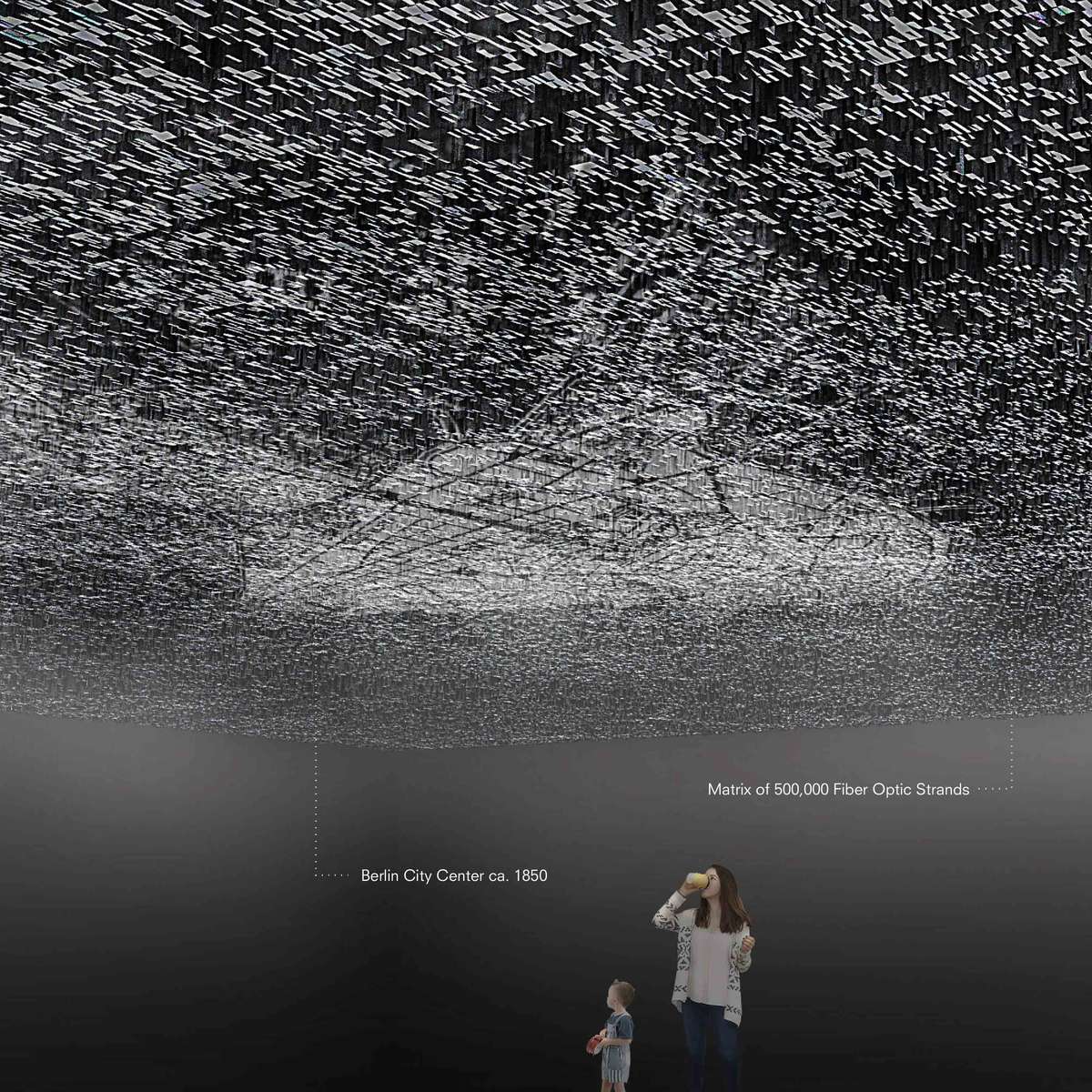
Visualisation of the historic condition of Berlin circa 1850. This condition morphs to present day throughout the installation.
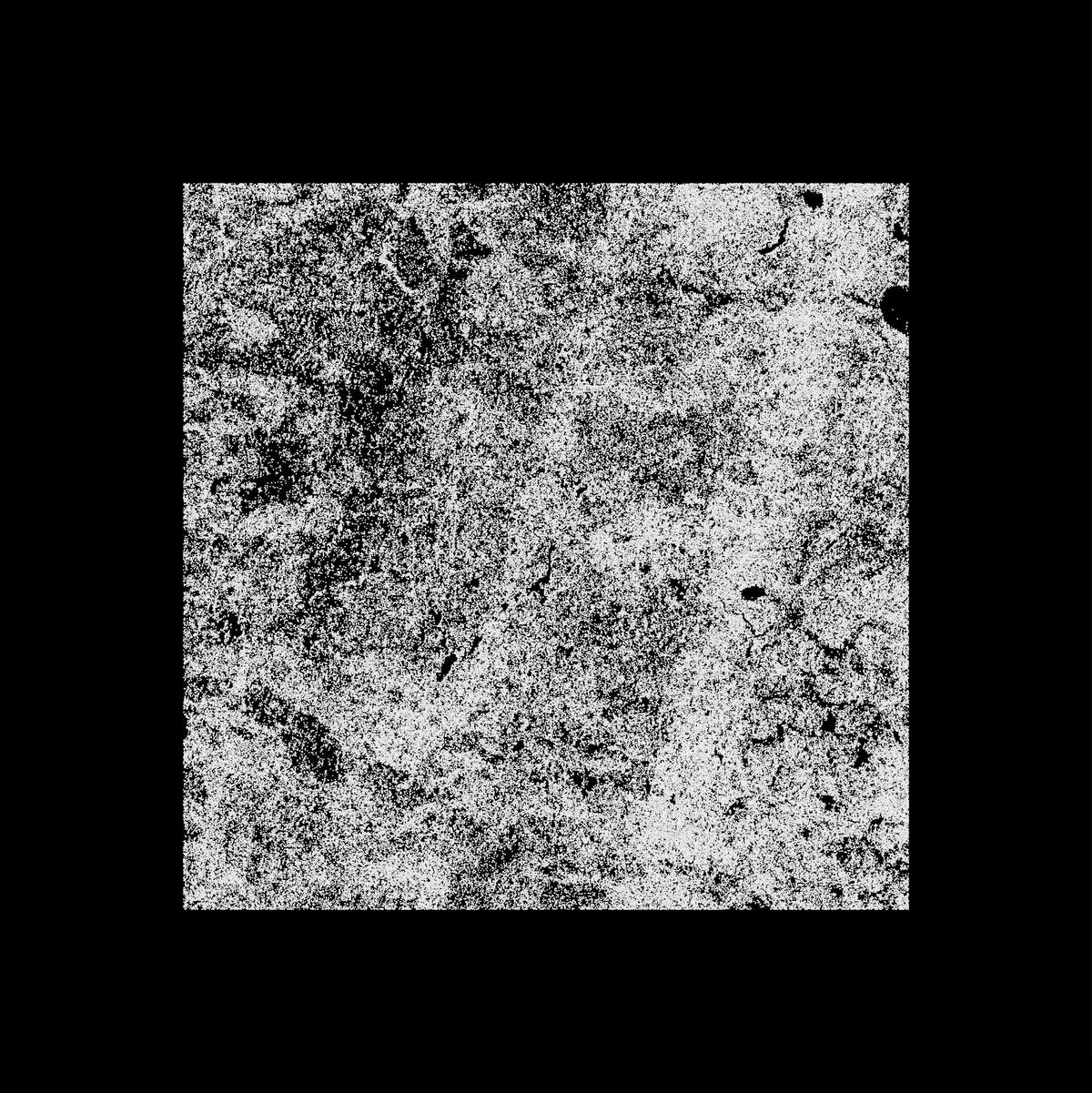
Reflected ceiling plan of the matrix of fiber-optic cables fully illuminated.
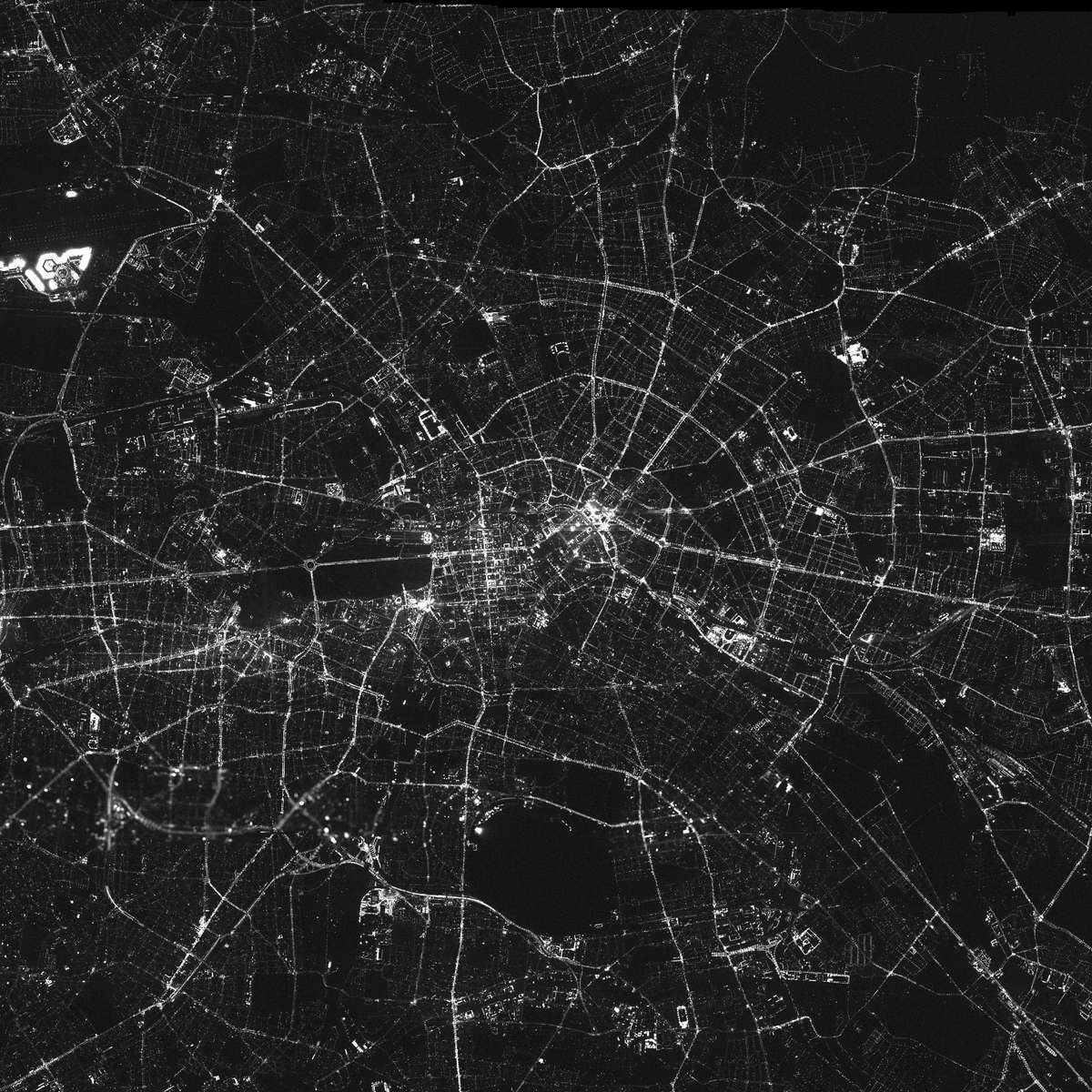
This aerial night-time view of Berlin displays the light pollution following the city fabric. copyright © 2012 WEW FU Berlin / IGB.
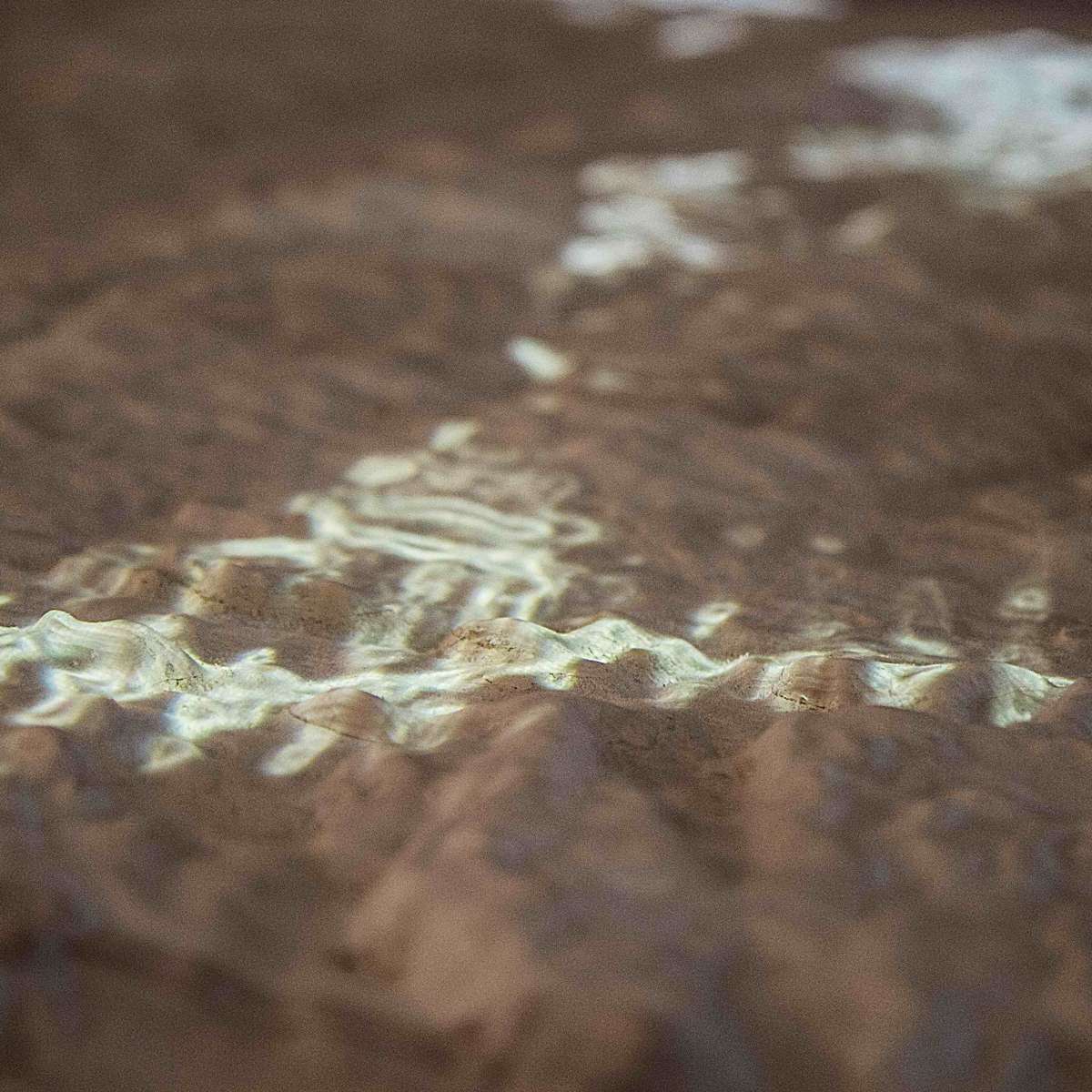
On this 1:30,000 model of a section of the Amazon Rainforest in Brazil is projected data of the deforestation between 1984-2012. The display of this growing infection through light serves as a similar analytical tool, extending beyond design intent and fostering empathic action within the forest.
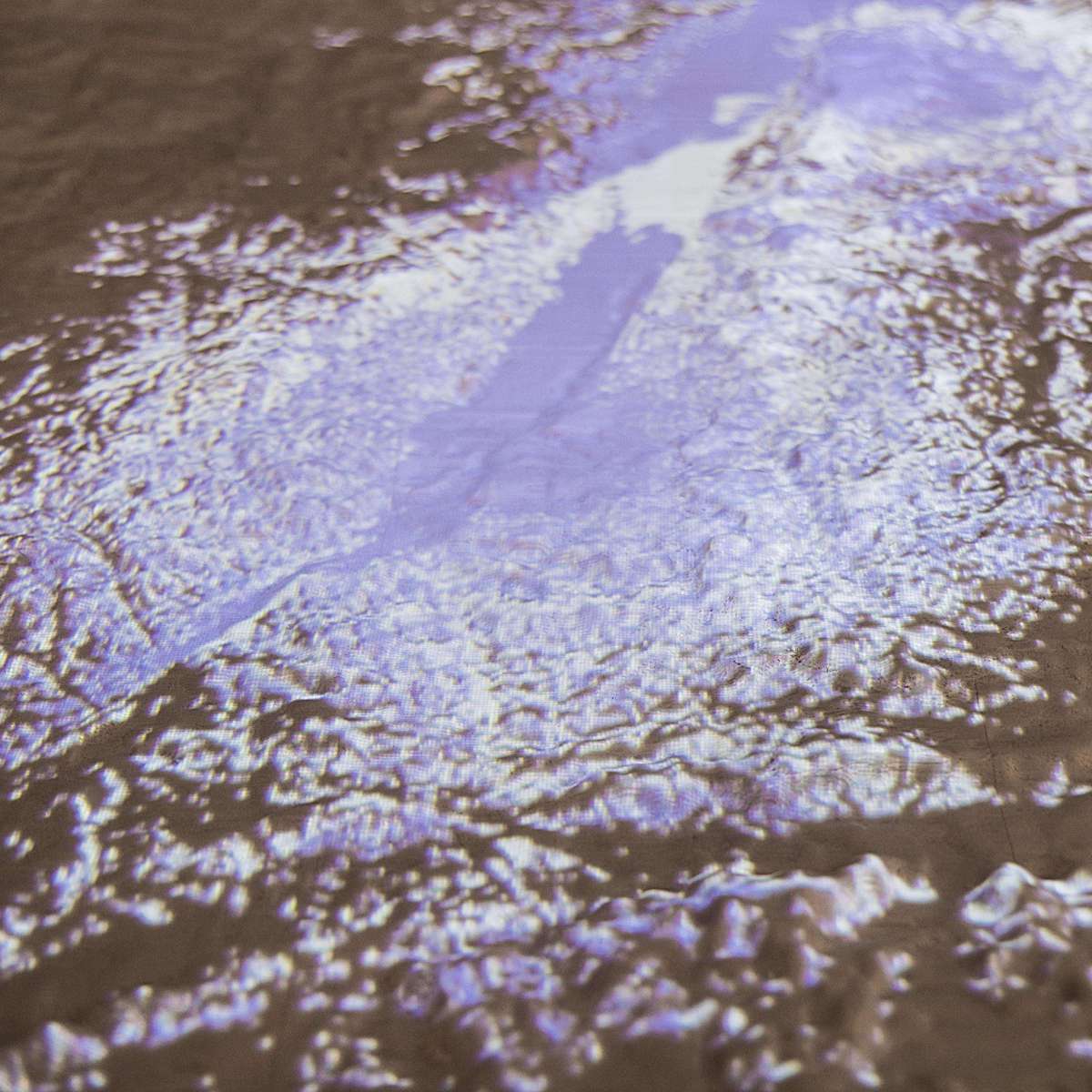
This image depicts another form in which data projection can be utilised for evaluation of past and future human interventions. It is specifically displaying radio propagation networks that could be used by indigenous people in the Amazon Rainforest in Brazil to monitor their territory and analyse content from the forest.
Anthropo-Lens
Anthropo-Lens

An installation of a fiber-optic relief of Berlin becomes an analytic tool for designers and citizens alike to aid in the understanding of how immigrants and asylum seekers were critical to the formation and later influence of the human and built environment in Berlin. By mediating through this public canopy, architects bolster the utility of their investigation of the capital through a streaming of data given through light emission; citizens benefit from the unique architectural reading of how historical developments and migration patterns have determined our cityscape. The geopolitical climate in which architects now intervene demands that immigration and refugee strongholds such as Berlin be deconstructed and showcased from their inception; proving the promise and viability of openness, acceptance, and empathy. The variety of data that can be projected is infinite, and this medium can be utilised for any European city, cultivating interventions to combat xenophobia in the city.
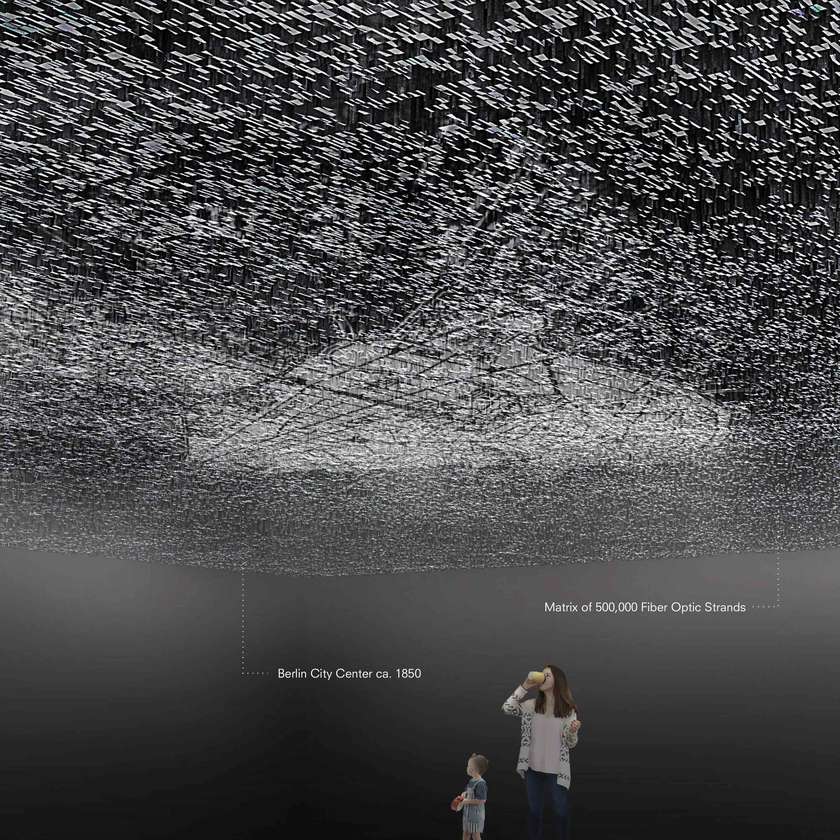
Visualisation of the historic condition of Berlin circa 1850. This condition morphs to present day throughout the installation.
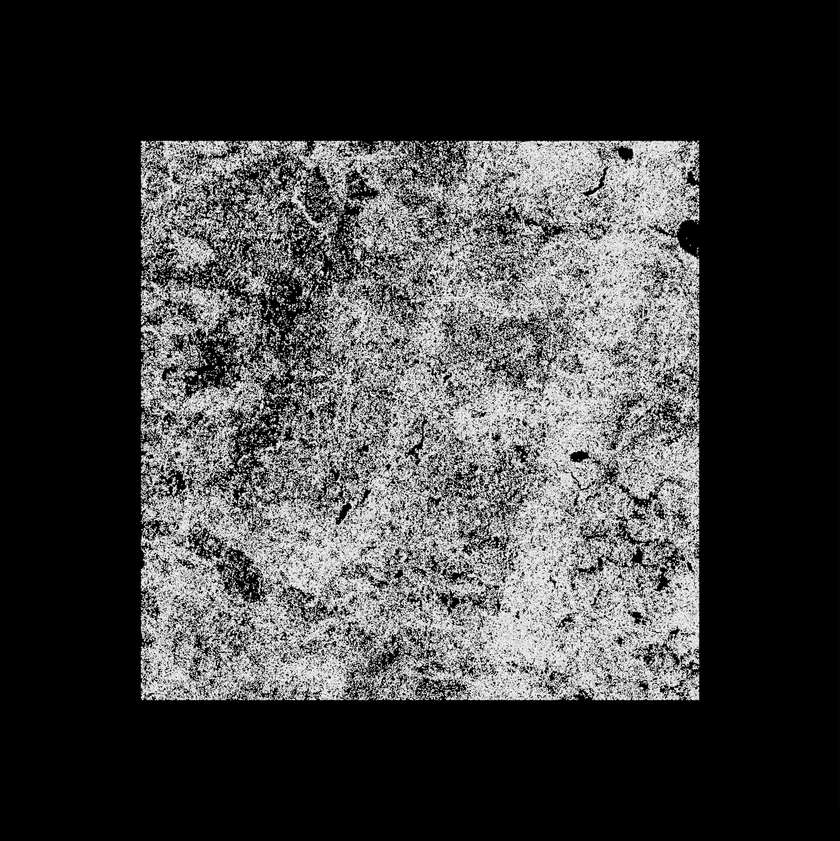
Reflected ceiling plan of the matrix of fiber-optic cables fully illuminated.
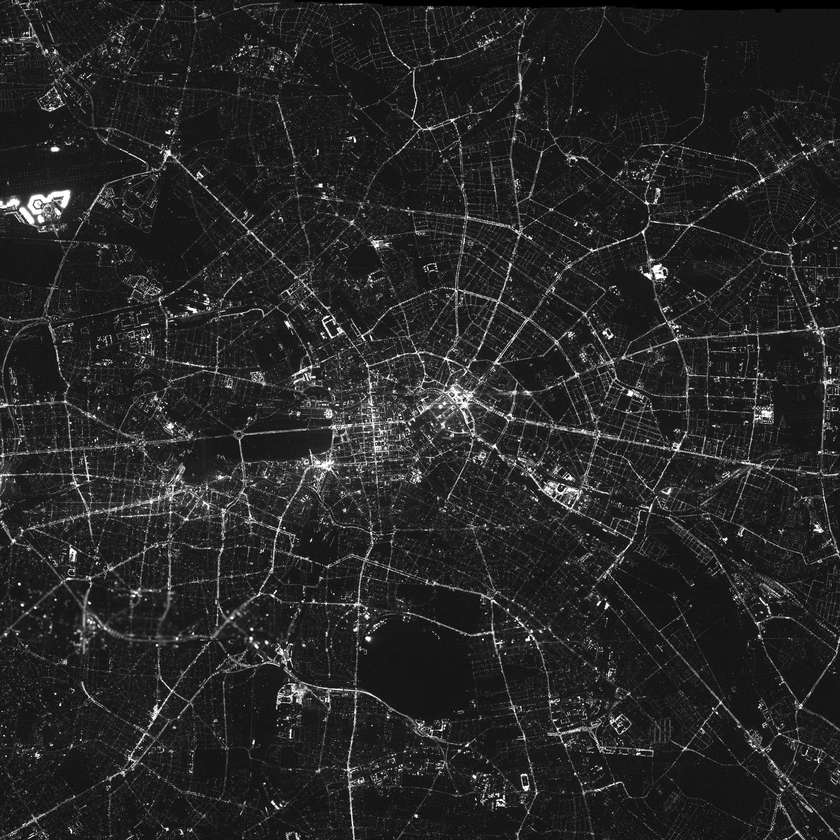
This aerial night-time view of Berlin displays the light pollution following the city fabric. copyright © 2012 WEW FU Berlin / IGB.
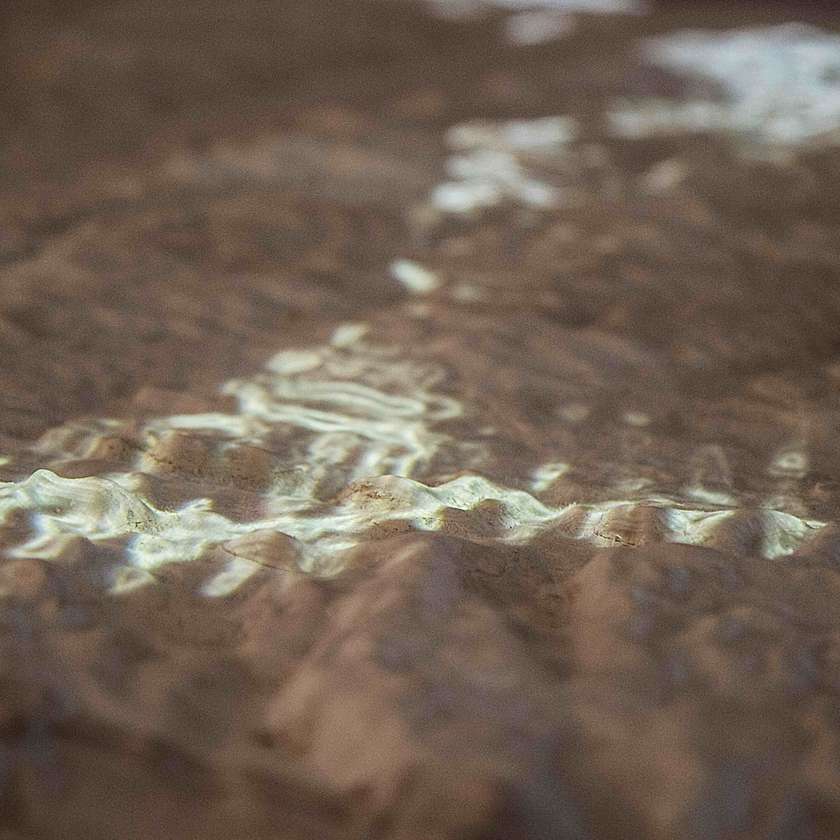
On this 1:30,000 model of a section of the Amazon Rainforest in Brazil is projected data of the deforestation between 1984-2012. The display of this growing infection through light serves as a similar analytical tool, extending beyond design intent and fostering empathic action within the forest.
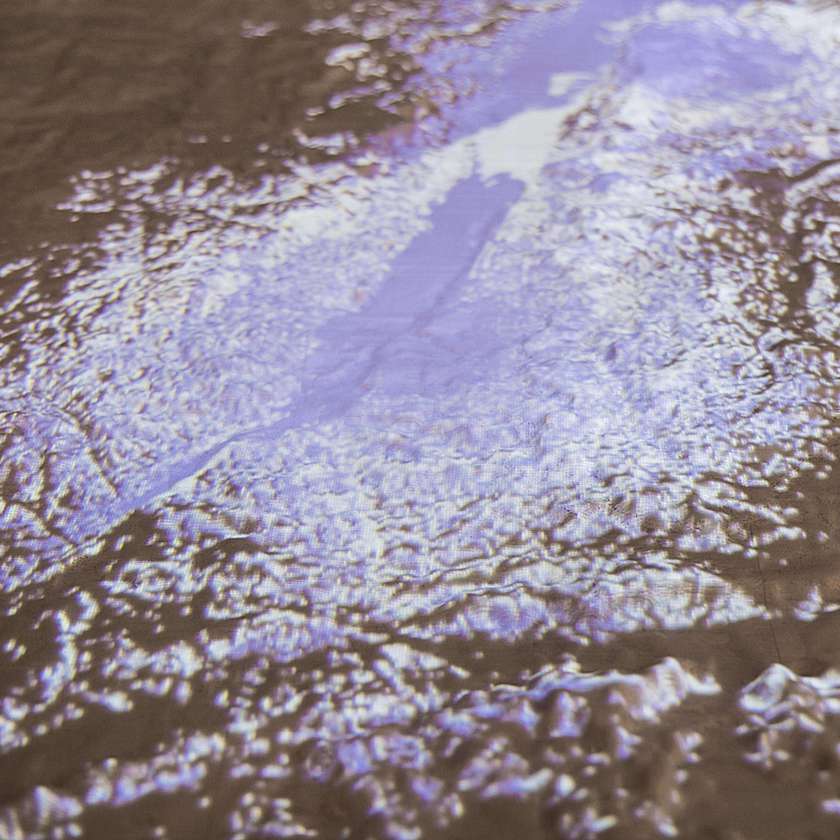
This image depicts another form in which data projection can be utilised for evaluation of past and future human interventions. It is specifically displaying radio propagation networks that could be used by indigenous people in the Amazon Rainforest in Brazil to monitor their territory and analyse content from the forest.